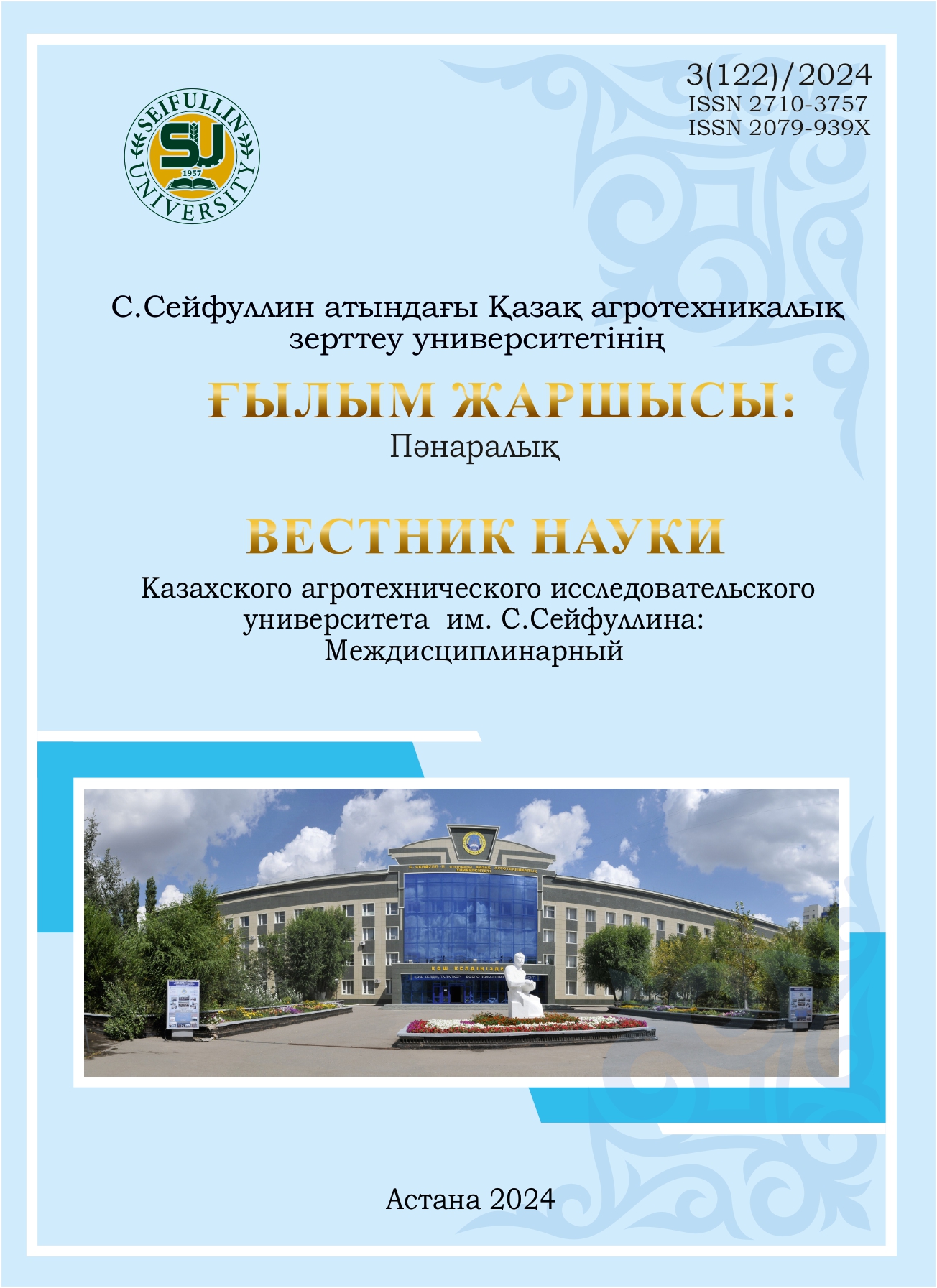The main pests of citrus plants in the conditions of the closed ground of the Main Botanical Garden of the city of Almaty
DOI:
https://doi.org/10.51452/kazatu.2024.3(122).1724Keywords:
pest; closed ground; red citrus mite; lemon; citrus mealybug.Abstract
Background and purpose. In 2021, a Citrusarium was created at the Laboratory of tropical and subtropical plants of the Main Botanical Garden of Almaty, which contains lemons, oranges, tangerines and other representatives of plants of the genus Citrus L, the main task of which is to replenish and preserve the biodiversity of citrus plants in protected soil conditions. But, as is known, the introduction of plants is always accompanied by an expansion of the species composition of phytophages that appear together with planting material, therefore, the phytosanitary situation in the closed ground is more difficult than in the open. In the closed ground, optimal conditions are created for the year-round development and spread of pests, which leads to a deterioration in the condition of plants. The determination of the species composition of the main pests of citrus plants plays an important role in the development of a scientifically based technology of protective measures. Therefore, the purpose of this work is to identify the main pests of citrus fruits in the conditions of the closed ground of the Main Botanical Garden of Almaty.
Materials and methods. Pest population accounting was carried out according to the pest population accounting methodology. To assess the condition of citrus plants, route surveys were carried out and the trunks, branches and leaves of plants were carefully examined.
Results. As a result of monitoring in the period 2022-2023, citrus mealybug and red citrus mite were found on citrus plants. The degree of damage on the plants differed from each other. Also, ants were found on these plants, as the sweet honeydew secreted by the mealybug attracts ants, which in turn scare away their natural enemies. Therefore, their relationship can be considered a commensalism. In the same trees, sooty fungi are noted, since the plants are weakened by the vital activity of pests.
Conclusion. As a result of phytosanitary monitoring, it can be concluded that citrus plants are damaged by a pest complex in closed ground conditions. Among them, the dominant species is the citrus mealybug. Its distribution exceeds 70%. Citrus × limon «Pavlov» and Citrus × limon «Novogrusinski» varieties turned out to be the most sensitive to it, the degree of damage was 4 and 3 points, respectively. To a lesser extent, a red citrus mite was found. But, from this, the degree of their harmfulness is not lower.

